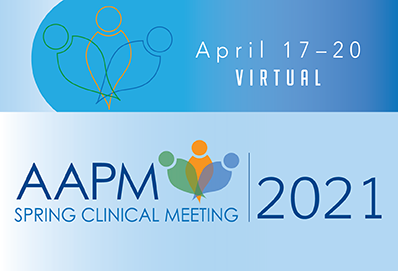Impact of Different Isodose Prescription Strategies for Various Radiobiological Models in Liver SBRT
D Thaper1,2*, G Singh1, A Oinam3, R Kamal1,2, H Yadav2, R Kumar2, V Kumar1 (1) Panjab University, Chandigarh, India (2) Institute of liver and biliary Science, Delhi (3) PGIMER, Chandigarh
Presentations
PO-BPC-Virtual-33 (Saturday, 4/17/2021) [Eastern Time (GMT-4)]
Purpose: Impact of different prescription isodose (85% and 95%) on TCP and NTCP was studied using various radiobiological models and the effect of degree of HI on TCP was also analyzed.
Methods: Thirty pre-treated Liver SBRT of HCC cases were selected retrospectively. Two different kinds of treatment techniques were employed. Firstly, all the treatment plans were made using the lower prescription isodose (LPI) 85% in which the change of dose within the PTV is high and the maximum dose within the PTV can go up 160%. Subsequently, another kind of treatment plan was generated in which PTV was covered with high prescription isodose (HPI) 95% and the maximum dose can go up 125%. As per RTOG 1112, all organs at risk (OAR’s) were considered while optimization. TCP was calculated using the Niemierko and Poisson model, and NTCP was calculated using the Niemierko and LKB fractionated model.
Results: For PTV, the TCP was decreasing as a value decreases for the Niemierko model in LPI treatment plans whereas for HPI treatment plans TCP was the same. NTCP of the normal liver was less in LPI treatment plans as compared to HPI, and the Niemierko model overestimates the NTCP as compared to LKB fractionated model. NTCP for all other OAR’s was <1% for both kinds of treatment plans.
Conclusion: LPI treatment plans are better than HPI treatment plans as NTCP of the normal liver was significantly less although TCP was the same for both, and no effect of HI on TCP was observed. LPI treatment plans could be used clinically because of dose escalation and lead to an increase in the TCP.
Keywords
Tumor Control, NTCP, Radiobiology
Taxonomy
TH- Radiobiology(RBio)/Biology(Bio): RBio- LQ/TCP/NTCP/outcome modeling
Contact Email



